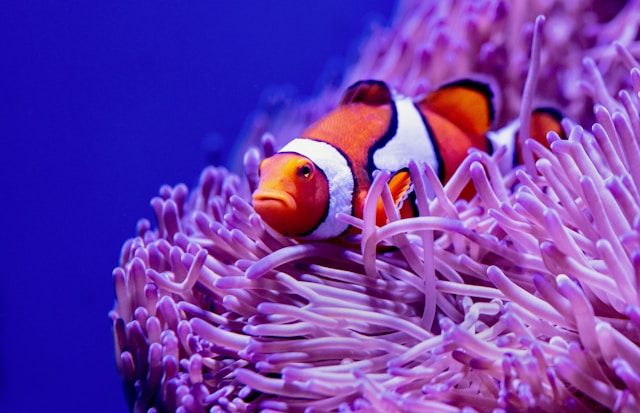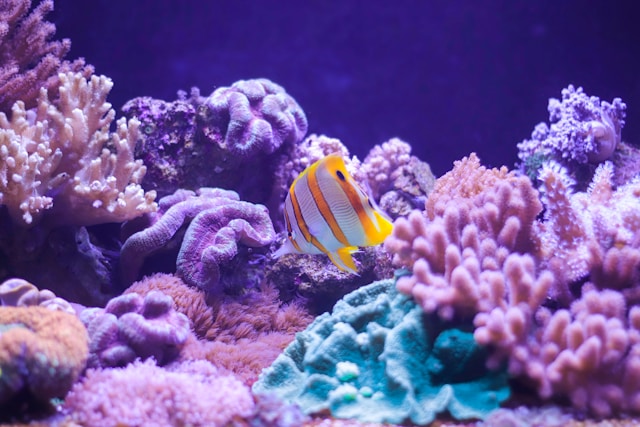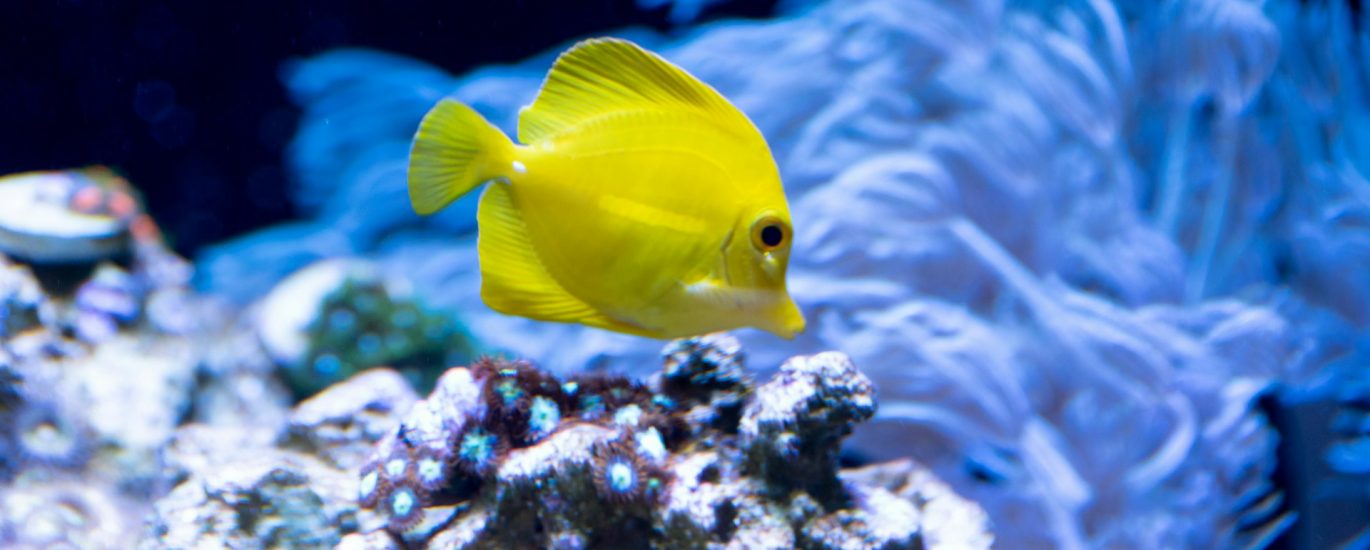Creating the perfect environment for your reef tank might not be what beginners enjoy at the very beginning of their journeys in this hobby. But with the right knowledge and tools, you can achieve stunning results. Among many aspects, the lighting is what we’ll explore today. LED lighting has become increasingly popular among reef tank hobbyists due to its numerous benefits over traditional lighting options. Upgrade Your Reef with UWPhotoRing’s Picks and see how much difference a single reef LED light can provide to your whole tank environment. But what LED lights should we use? How can they really benefit your reef tank? Let’s find out.
Why Choose LED Lighting for Your Reef Tank
There are several reasons why LED lighting is becoming the go-to choice for reef tanks:
1. Customizable Spectrum: One of the most significant advantages of using LED lights in a reef tank is its customizable spectrum. This will help adjust the color and intensity of light according to your specific needs, mimicking natural sunlight conditions for coral growth and enhancing the true colors of fish and corals.
2. Low Heat Output: In a closed environment like a reef tank, excess heat from traditional lighting sources can be detrimental to coral health. LEDs produce little heat output, reducing the risk of overheating your tank and potentially harming delicate corals.
3. Versatility: With advances in technology, there are now many different types of LEDs available on the market suitable for various purposes in a reef tank – from full-spectrum lights ideal for coral growth to blue actinic lights that enhance the fluorescent colors of fish and corals.
LED lighting offers significant advantages for reef tank owners, including a customizable spectrum, energy efficiency, longer lifespan, low heat output, and versatility. Now, let’s move on to Lou Ekus’s explanation of the key factors in LED lighting for thriving reef tanks.

The Basics of PAR (Photosynthetically Active Radiation)
PAR, or Photosynthetically Active Radiation, is a crucial aspect to understand when it comes to LED lighting for reef tanks. It refers to the range of light wavelengths that are needed for photosynthesis to occur in plants and other photosynthetic organisms. In simpler terms, PAR is the measurement of light energy that is available for plants to use in their growth and development. When discussing PAR in relation to LED lighting for reef tanks, it’s important to note that not all light wavelengths are equal. While all types of light contribute some energy towards photosynthesis, different wavelengths have varying levels of effectiveness. This is where the concept of the spectrum comes into play.
The spectrum refers to the overall range of colors present in a light source and how much energy each color contains. In general, three main colors are most important for photosynthesis: red, blue, and green. Red light has longer wavelengths and provides more energy than blue or green light, making it essential for plant growth. Blue light has shorter wavelengths but still plays a crucial role in photosynthesis as it stimulates leaf growth and chlorophyll production. Green light, on the other hand, is reflected by plants rather than absorbed, so it is not as necessary for their growth.

Optimal PAR Levels for Different Types of Corals
As mentioned, different types of corals have varying requirements for light intensity, spectrum, and duration. Therefore, it is important to understand the optimal PAR levels for different types of corals in order to provide them with the best possible lighting.
Soft Corals
Soft corals such as Zoanthids, Mushroom Corals, and Leather Corals require low to medium light intensity. The recommended PAR level for these corals is between 50-100 PAR. These corals thrive under blue or white LED lights with a color temperature ranging from 10,000K to 20,000 K. It is important to note that while soft corals can survive in lower PAR levels, they will not grow or display their vibrant colors without sufficient light.
LPS Corals
LPS (Large Polyp Stony) corals (Torch Coral, Hammer Coral, Brain Coral, etc.) require medium to high light intensity. The recommended PAR level for these corals is between 100-250 PAR. They also require a balance of blue and white LED lights with a color temperature ranging from 8,000K to 12,000K. LPS corals placed too close to the water surface may experience bleaching due to excessive light exposure. In conclusion, understanding the concepts of PAR is crucial when it comes to choosing the right LED lighting for your reef tank. This lighting will affect the growth and health of your corals and also impact the overall appearance of your tank.





